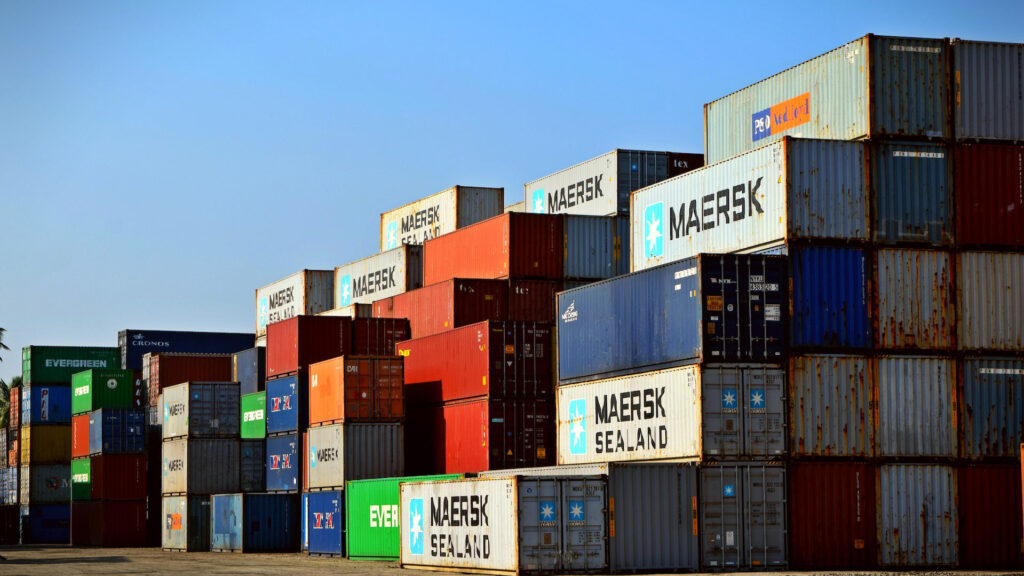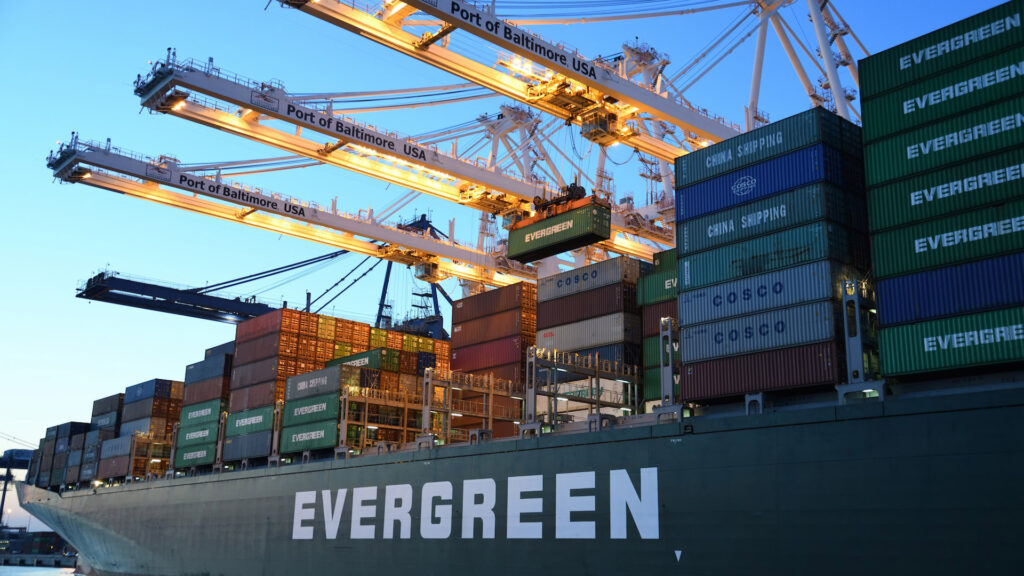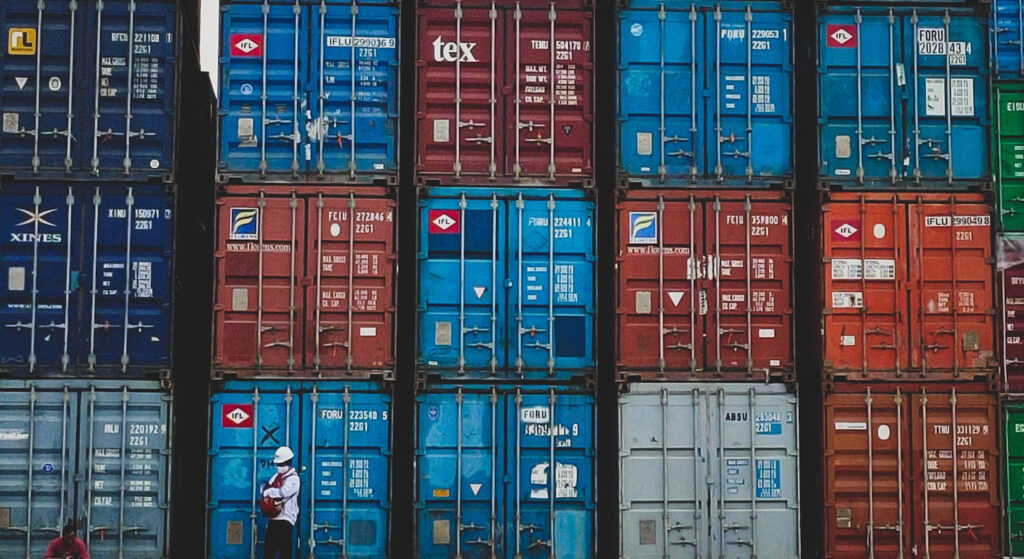
As global supply chains expand and become increasingly complex, container labeling remains integral to ensuring the smooth flow of goods. Container labels play a vital role in the efficient, safe and compliant movement of goods within the supply chain. They serve as a means of communication to provide important information to the various stakeholders involved in the logistics process, including manufacturers, distributors, handlers and consumers. This article will discuss the important role of container labels and what are their basic requirements.
The role of container labels
Marks and labels attached to containers serve various functions throughout the logistics and supply chain process. Here are some common functions of these tags:
(1) Identification and Tracking: The container label provides a unique identifier for the container, which can easily track and trace the goods throughout the transportation and logistics process. These labels typically include barcodes, QR codes or RFID (Radio Frequency Identification) tags that can be scanned or read to obtain information about the container and its contents.
(2) Documentation and Compliance: Some labels may contain important information required for documentation and compliance. This can include details such as the serial number of the container, container type, weight, dimensions and associated shipping or consignment numbers. Such information is critical for customs clearance, legal compliance and ensuring accurate record keeping.
(3) Handling instructions: Some labels will display handling instructions or symbols to guide individuals involved in the transportation process. These instructions may include warnings about fragile or hazardous contents, directional arrows to point in the correct direction, or instructions for safely lifting or stacking the container.
(4) Security and Tamper-Resistant: Containers may have security labels or seals attached to them to prevent tampering or unauthorized access while in transit. These labels are designed to show signs of tampering, such as destruction or alteration, indicating that the container may have been tampered with.
(5) Destination information: Labels usually contain destination details, such as addresses or port codes, to ensure that the container is properly routed to its intended location. This information helps to process and deliver goods efficiently, reducing errors and delays.
(6) Special handling requirements: If the transported goods have specific handling requirements, special instructions may be indicated on the label. Por ejemplo, perishable goods may have temperature requirements, hazardous materials may require specific precautions, or fragile items may require careful handling. Labels communicate these special requirements to ensure proper handling throughout shipping.
By fulfilling these functions, container labels play a vital role in ensuring the efficient, safe and compliant movement of goods, while also providing essential information to stakeholders involved in the logistics and supply chain process.

Features of container labels
As a container label, it needs to be non-shedding, impermeable, friction-resistant, high and low-temperature-resistant, and weather-resistant. If the identification information is destroyed, it will bring a series of troublesome things. Here are some key characteristics that a label should have:
(1) Legibilidad: Container labels should have clear and easy-to-read text, symbols and graphics. They should be easy to read even from a distance or under different lighting conditions. This ensures that handlers and logistics personnel can quickly and accurately understand the information on the label.
(2) Durability: Container labels need to withstand harsh shipping conditions, including exposure to various weather conditions, handling and potential wear and tear. They should be made of durable materials and use a reliable adhesive to keep them intact and readable throughout your journey.
(3) Sufficient size: Labels should be of sufficient size to accommodate all necessary information without sacrificing legibility. They should be visible and large enough to be easily scanned or read by barcode scanners, RFID readers or manual inspection.
(4) Tamper-resistant features: Where security is a concern, container labels may incorporate tamper-resistant features such as seals, holograms, or indicators. These features help detect any tampering attempts and provide visual evidence of the integrity of the container while in transit.
(5) Barcode or RFID compatibility: To facilitate efficient tracking and data capture, container labels may include barcodes, QR codes, or RFID tags. These technologies enable automated scanning and data capture, improving the speed and accuracy of inventory management and tracking.
By integrating these functions, container labels can effectively perform their role, providing vital information, facilitating efficient handling, and ensuring compliance throughout the transportation and logistics process.

What are the materials for container labels?
Container labels are typically made of durable, weather-resistant materials that adhere securely to a variety of surfaces. The choice of container labeling material depends on factors such as the expected environmental conditions during transit, the duration of the journey, and the specific requirements of the cargo being transported. Here are some common materials used for container labels:
Papel: Paper labels are cost-effective and widely used for container labels. They are suitable for relatively short transit times or where they are exposed to harsh environmental conditions. Sin embargo, paper labels may not be as durable as other materials and may tear or smudge easily.
Synthetic Materials: Synthetic materials such as polyester, polypropylene or polyethylene are popular choices for container labels due to their durability, moisture resistance, chemical resistance and tear resistance. These materials have excellent printability, can withstand harsh weather conditions, and are suitable for long-distance transportation.
Vinyl: Vinyl labels are known for their durability, flexibility, abrasion resistance and resistance to harsh environments. They adhere well to a variety of surfaces including plastic, metal or glass. Vinyl labels are often used when containers are subjected to rough handling or extreme weather conditions.
Adhesive Film: Adhesive-backed films such as polyester or polypropylene are commonly used for container labels. These films offer exceptional durability, moisture and chemical resistance, and maintain their adhesion even under challenging conditions. They are typically used for long distance shipments or when labels need to adhere to irregular or curved surfaces.
Metal Foil Labels: Metal foil labels are durable and able to withstand harsh conditions. They are often used to label containers containing hazardous materials or where resistance to high temperatures is required. Foil labels offer excellent visibility and legibility, making them suitable for applications where longevity and readability are critical.
In conclusion, container labels are the silent guardians of the supply chain, guiding the journey of goods from origin to destination. They are conduits for information, security and compliance, ensuring the products we depend on reach us efficiently and safely. With the continuous advancement of labeling technology and adherence to best practices, container labeling will continue to evolve and play an increasingly critical role in the evolving global logistics landscape, enabling businesses and consumers to have confidence in the integrity and integrity of the products being shipped. Safety is full of confidence.



